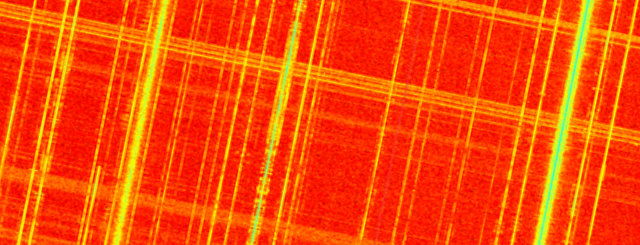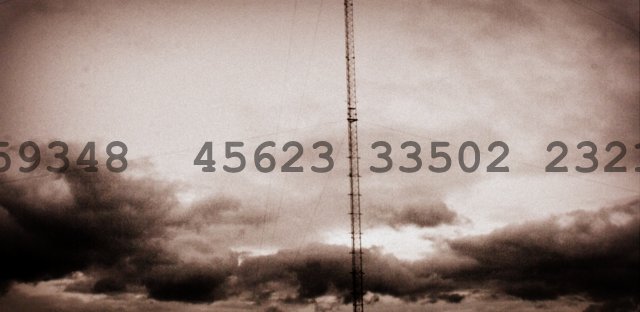Many thanks to SWLing Post contributor, Dennis Dura, who shares the following video via the Geerling Engineering YouTube channel:
Description:
The Center for Automotive Research says it would cost the industry $3.8 billion dollars to solve interference problems in EVs to put AM radio in new cars.
It’s a wonder any EVs on the road today have AM radio tuners, then! But they don’t seem to happy with new legislation, the AM Radio for Every Vehicle Act. We dive into this spat between the radio industry, automotive manufacturers, and the US government.





